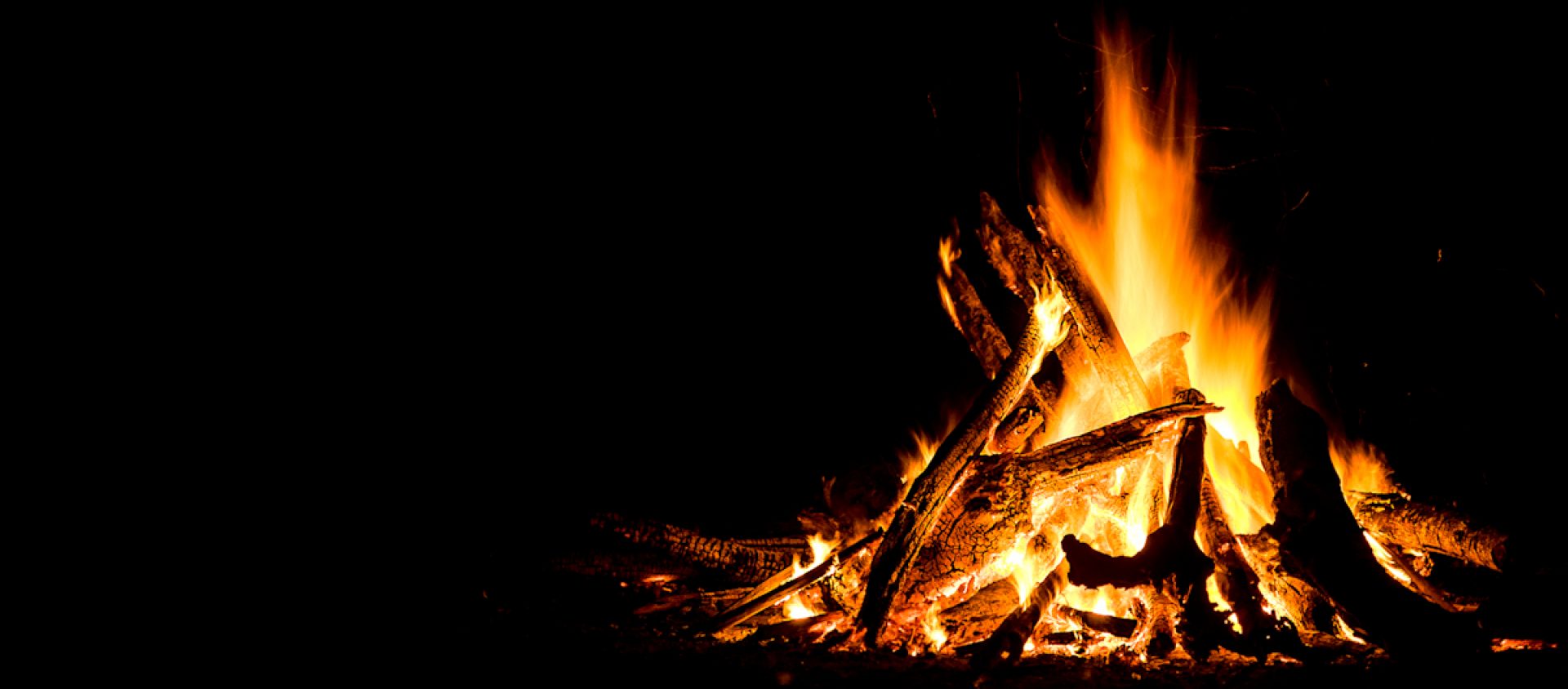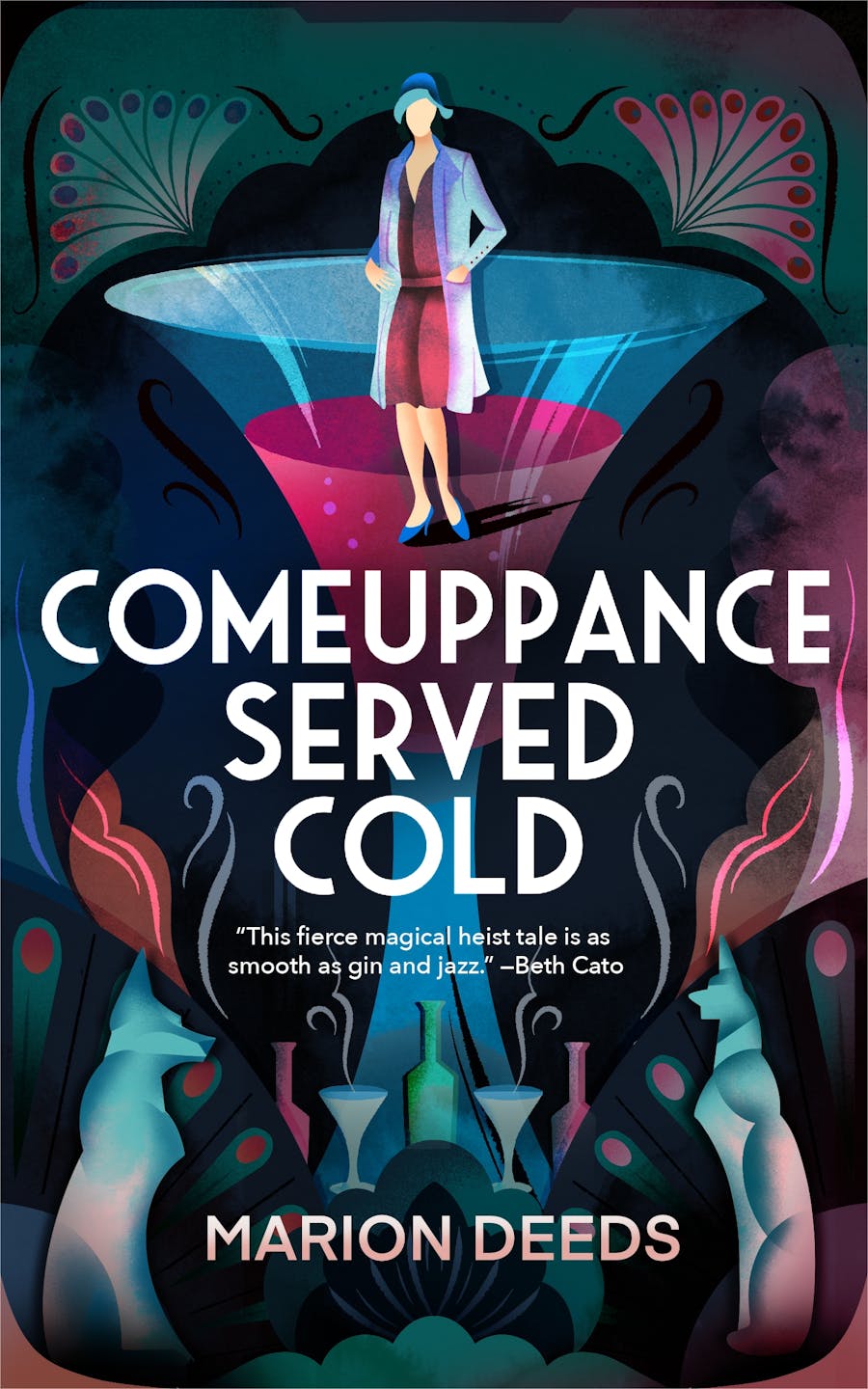Yesterday my new book was launched in the UK. There won’t be any launches elsewhere I suspect, because our lives are still vastly influenced by this interesting world we live in, but Story Matrices is out and I will talk about it whenever I have the chance. Except right now. I could spend an hour writing about my new book, but tonight I feel a little haunted, so I want to talk about the book that helped me find words for such things when I was still in primary school.
Ruth M Arthur was one of my favourite authors when I was under ten. I managed to find several of her books when libraries replaced old books with new ones in the 1990s. This means I have on my desk, reminding me of my childhood, the same edition I borrowed from the Hawthorn City Library time after time. The book is A Candle in Her Room, which was my return-to-over-and-over of Arthur’s mainly because it creeped me out, every time I read it. The illustrator was Margery Gill, and her pictures are definitely part of my memories. From the moment I could read, I read the illustrations along with the story and they were part of a whole. They still are, and I still have favourite artists. If they illustrate the internal pages of a book, then I will try to find a copy of that book for my bookshelf. When one of those artists, Kathleen Jennings, illustrated one of my own books I melted into a puddle of sparkling joy.
A Candle in Her Room is a children’s book, from the days before there were Young Adult books. I’m not sure it would be published today. It’s too dark for a children’s book these days. This is a loss for any child who sees that life has dark places and needs words to identify those feelings. A Candle in Her Room and a story about a ghost that lured children away with the promise of happiness (I don’t remember the author, which is probably a good thing – and I’ve never been able to find the book it was in – all I remember is that it was a Penguin paperback from the sixties, with a blue cover) helped me more than I can say when I discovered that the Shoah was not that far removed from me. Two of the characters join the Polish Resistance. This was the link between the book and the Shoah survivors I knew as a child. I never articulated that link, but the book was there for me, nonetheless. I want to say that it taught me that there was a way out of darkness, but it did no such thing. It let me know that other people experienced that feeling I had when I saw the picture from the day a death camp was liberated. When I knew, age 6, that not everyone survives and that the adults who knew all the answers were the ones I could not ask about the picture. When folks talk about children asking the damnedest questions they ignore the fact that some need fiction to fill the emotional holes for the questions that the child cannot ask.
A Candle in Her Room didn’t help at all with my next door neighbour, Doris. I played with her until she was eight. I was the only other child in the street that she was happy to play with. One day she had tonsillitis and went to hospital for it and never came back. I still miss her. It also didn’t help with Charles, who lived across the road and went to school with me, died in a car accident in Tasmania. Nor when… I will become a very different kind of puddle if I remember these friends.
The simple fact is that stories helped me find words to start handling the death of strangers who might be relatives and whose bodies I saw in a big pile in a picture when I was six. This was only step one in learning words and stories that helped me with the other losses and let me eventually reach the stage where I could find my own words and tell my own stories.
I tell people that I’m a sarcastic Pollyanna and the amount of loss in the first twenty years of my very ordinary suburban existence is what triggered the sarcasm. Ruth M. Arthur’s was important to me, then, and probably always will be.
I never want to own a doll called ‘Dido’. Reading Joan Aiken’s books at the same time meant that the name ‘Dido’ was totally fine. When my Pre-Classical Antiquity lecturer tried to explain what he termed a rare name when we learned about Carthage, I went to my local library and borrowed all the books that had anyone or anything called ‘Dido’ – I didn’t tell him I had disproved his ‘rare name’ theory, but I thought it, forcibly. His few thoughtless words couldn’t obliterate my childhood while I had access to books.
A Candle in Her Room now provokes nightmares, even without me reading it. This is odd, because it’s not really horrific. It’s spiced with darkness. For me it carries all that baggage and is more than the sum of its parts.
I wanted to know if anyone knew of it. It’s not, after all, a new novel. I looked it up just now online and it’s still being read and still provoking emotions. I’ve known this book since it was first released in Australia. The edition I read and now own was the London one, from 1968, which tells you a lot about my early reading habits. And I’m devolving into dullness because I just realise that I’m writing this at bedtime. I need to find something to refresh my mind, otherwise I will have nightmares about malevolent dolls. I know this for a fact, because I have nightmares about Dido whenever I think about A Candle in Her Room late at night.
The books we read as children are important. And I shall defeat those nightmares by finding another book with that musty scent and this book shall be one that brings me good dreams.
 There are lots of ways to pick a book to read. Subject matter. Genre and sub-genre. A great cover. Reviews. Blurbs. Reading the first page and getting hooked.
There are lots of ways to pick a book to read. Subject matter. Genre and sub-genre. A great cover. Reviews. Blurbs. Reading the first page and getting hooked.


 When I to went Clarion, waaaaaay back in the day, Algis Budrys taught a lesson on the five beat plot (variously the seven beat plot, the well-made plot, and I’m sure there’s another dozen names for it somewhere). The five beat plot boils down to: 1) the heroine has a problem; 2) the heroine attempts a solution; 3) an obstacle thwarts the solution; 4) the heroine solves the problem; 5) validation. (There are many different names for the five segments, but that’s the essence of the thing.)
When I to went Clarion, waaaaaay back in the day, Algis Budrys taught a lesson on the five beat plot (variously the seven beat plot, the well-made plot, and I’m sure there’s another dozen names for it somewhere). The five beat plot boils down to: 1) the heroine has a problem; 2) the heroine attempts a solution; 3) an obstacle thwarts the solution; 4) the heroine solves the problem; 5) validation. (There are many different names for the five segments, but that’s the essence of the thing.)

